Discovering effective ways to increase vegetable consumption can significantly enhance overall well-being and nutritional balance. Incorporating more vegetables into your daily meals not only boosts your health but also adds vibrant flavors and textures to your diet. Whether you’re seeking simple strategies or exploring new recipes, understanding how to eat more vegetables is a vital step towards a healthier lifestyle.
This guide offers practical tips, delicious preparation methods, and meal planning advice to help you seamlessly integrate a variety of vegetables into your everyday routine, making healthy eating both enjoyable and sustainable.
Understanding the Importance of Eating More Vegetables
Increasing vegetable consumption offers numerous health benefits and plays a vital role in maintaining overall well-being. Incorporating a variety of vegetables into daily meals not only enhances nutritional intake but also supports long-term health outcomes. Recognizing the significance of vegetables is essential for fostering healthier eating habits and promoting balanced nutrition.
Vegetables are rich sources of essential vitamins, minerals, fiber, and phytochemicals, which contribute to the body’s optimal functioning. Their inclusion in the diet has been linked to reduced risks of chronic diseases such as heart disease, diabetes, and certain cancers. Despite these benefits, many populations worldwide fall short of recommended vegetable intake, impacting public health outcomes significantly.
The Role of Vegetables in a Balanced Diet
In a well-rounded diet, vegetables serve as foundational elements that provide vital nutrients necessary for growth, repair, and overall health. They are low in calories yet high in nutrients, making them an ideal choice for maintaining a healthy weight and preventing nutritional deficiencies. Incorporating vegetables at every meal ensures a diverse intake of antioxidants and fiber, which are crucial for digestive health and immune support.
Health organizations, such as the World Health Organization (WHO) and the Centers for Disease Control and Prevention (CDC), recommend that adults consume at least 400 grams of fruits and vegetables daily, roughly equivalent to five servings. However, statistical data indicates that a significant portion of the population does not meet these guidelines. For example, reports show that only about 20-30% of adults across various countries regularly consume the recommended amount, correlating with higher incidences of diet-related diseases.
“Eating a variety of vegetables daily can significantly decrease the risk of cardiovascular diseases and improve overall longevity.”
Statistics on Vegetable Consumption and Health Outcomes
Research consistently demonstrates a strong association between vegetable intake and positive health outcomes. For instance, a comprehensive study published by the Global Burden of Disease found that inadequate consumption of fruits and vegetables is responsible for approximately 2.7 million deaths annually worldwide. Countries with higher vegetable consumption tend to report lower rates of chronic illness, including hypertension, obesity, and certain types of cancer.
Data from the United States indicates that only about 9% of adults meet the daily vegetable intake recommendations, which contributes to increased healthcare costs and reduced quality of life. Conversely, populations with higher vegetable consumption, such as Mediterranean communities, often benefit from lower rates of cardiovascular disease and improved longevity. Promoting increased vegetable intake can thus be a powerful strategy in public health initiatives aimed at reducing preventable diseases.
Tips and Strategies to Incorporate More Vegetables into Daily Meals
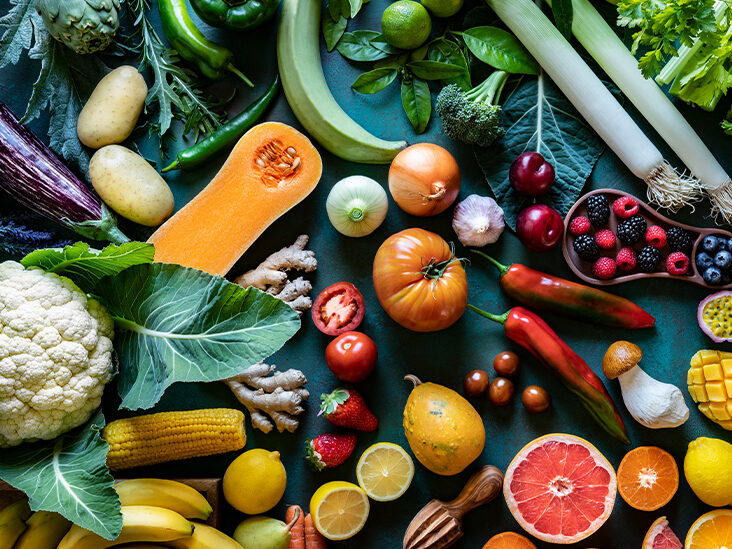
Eating more vegetables is a vital step toward achieving a balanced and nutritious diet, contributing to overall health and wellness. Integrating vegetables into your daily meals doesn’t have to be complicated; with a few creative strategies, you can effortlessly enhance your diet while enjoying delicious flavors. This section offers practical tips and innovative ideas to help you include more vegetables across breakfast, lunch, and dinner, along with easy-to-prepare vegetable snacks and quick recipe options suitable for busy schedules.To successfully increase your vegetable intake, it’s essential to incorporate them seamlessly into your existing meals and routines.
From adding vegetables to your morning eggs to substituting traditional ingredients with vegetable-based options, these strategies can make a noticeable difference in your daily consumption. Additionally, preparing simple, healthy snacks and exploring quick recipes can maintain your momentum even on busy days.
Creative Methods for Adding Vegetables to Breakfast, Lunch, and Dinner
Enhancing your meals with vegetables can be both enjoyable and straightforward when you employ creative approaches. For breakfast, consider integrating vegetables into your morning eggs, smoothies, or baked goods. For lunch and dinner, vegetables can serve as fillings, side dishes, or main ingredients, transforming familiar recipes into nutritious, colorful meals.
- Incorporate finely chopped or shredded vegetables into scrambled eggs or omelets; spinach, bell peppers, and zucchini work particularly well. This boosts fiber and vitamin content without altering the familiar taste.
- Add vegetables like tomatoes, spinach, or avocados to your toast or breakfast wraps to enrich flavors and nutrients.
- Blend vegetables such as kale, carrots, or cucumbers into smoothies for a quick, nutrient-dense breakfast option.
- Replace traditional pasta with spiralized zucchini or carrots in your lunch bowls, creating vegetable-based pasta dishes that are satisfying and low in carbs.
- Use vegetables as stuffing for sandwiches and wraps—lettuce, cucumber, roasted red peppers, and sprouts add crunch and vitamins.
- Create vegetable stir-fries with a variety of colorful vegetables served over brown rice or quinoa for a quick, balanced dinner.
- Introduce vegetable-based soups or stews as main dishes, packed with seasonal vegetables for added flavor and nutrition.
Easy-to-Prepare Vegetable-Based Snacks
Snacks are an excellent opportunity to boost vegetable intake, especially when they are easy to prepare and portable. Incorporating raw, roasted, or steamed vegetables into your snack routine can help you stay energized and nourished between meals.
- Fresh vegetable sticks such as carrots, celery, cucumber, and bell peppers served with hummus or Greek yogurt dip provide a crunchy, satisfying snack.
- Roasted chickpeas mixed with chopped kale or spinach offer a crispy, protein-rich alternative.
- Cherry tomatoes and snap peas are naturally sweet and require minimal preparation, perfect for on-the-go snacking.
- Vegetable chips made from thinly sliced zucchini, sweet potatoes, or beets baked until crispy make a healthier alternative to potato chips.
- Stuffed mini peppers with a cottage cheese or avocado spread deliver flavor and nutrients in a compact form.
Quick Vegetable Recipes for Busy Schedules
Balancing a hectic timetable doesn’t mean sacrificing nutrition. The following table presents quick, simple vegetable recipes ideal for busy lifestyles, emphasizing speed, minimal ingredients, and flavor.
| Recipe Name | Ingredients | Preparation Time | Description |
|---|---|---|---|
| Veggie Stir-Fry | Mixed vegetables (bell peppers, broccoli, carrots), soy sauce, garlic, olive oil | 10 minutes | Quick sauté of assorted vegetables in garlic and olive oil, finished with a splash of soy sauce. Serve over rice or noodles. |
| Roasted Vegetables | Zucchini, cherry tomatoes, bell peppers, olive oil, herbs | 15 minutes prep + 15 minutes roasting | Chop vegetables, toss with olive oil and herbs, then roast in the oven for a hearty, flavorful side dish. |
| Vegetable Omelet | Eggs, spinach, mushrooms, onions, cheese (optional) | 10 minutes | Whisk eggs, pour into a heated pan, add chopped vegetables and cheese, cook until set. Perfect for busy mornings. |
| Spinach and Avocado Wrap | Whole wheat wrap, fresh spinach, avocado, hummus | 5 minutes | Spread hummus on the wrap, layer with spinach and sliced avocado, roll up and enjoy a nutritious, portable meal. |
| Cold Cucumber Soup | Cucumbers, Greek yogurt, garlic, dill, lemon juice | 10 minutes | Blend cucumbers with yogurt and seasonings, chill, and serve as a refreshing, cooling soup. |
Popular Vegetables and How to Prepare Them Deliciously
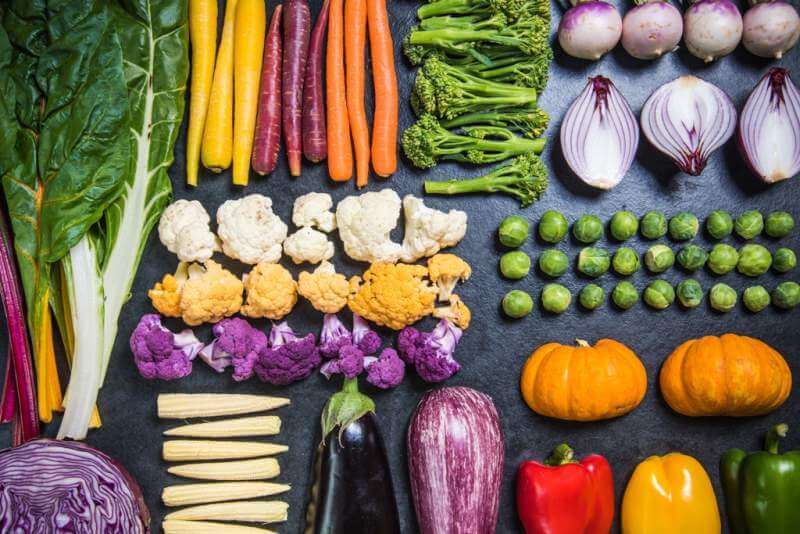
Incorporating a variety of vegetables into your diet not only enhances nutritional intake but also adds a diverse range of flavors and textures to your meals. Understanding how to prepare these vegetables in appealing and delicious ways can make healthy eating both enjoyable and sustainable. By exploring different cooking techniques and flavor combinations, you can transform everyday vegetables into standout dishes that cater to a wide array of culinary preferences.
Proper preparation methods can significantly influence both the taste and nutritional value of vegetables. While some techniques preserve vital nutrients and maintain the natural crunch and freshness, others can intensify flavors or introduce appealing textures. Recognizing the best approach for each vegetable ensures maximum enjoyment and health benefits, helping you incorporate more plant-based foods into your daily meals.
Cooking Techniques to Enhance Vegetable Flavors
Cooking methods play a crucial role in elevating the flavors of vegetables. Techniques such as roasting, steaming, and grilling each offer unique advantages, allowing you to bring out the best characteristics of different produce.
- Roasting: This method involves cooking vegetables at high temperatures in the oven, which caramelizes natural sugars and creates a rich, slightly smoky flavor. Roasted vegetables like carrots, Brussels sprouts, and bell peppers develop a tender interior with a crispy exterior, making them irresistible as side dishes or main ingredients.
- Steaming: Steaming preserves the delicate texture and nutrients of vegetables such as broccoli, green beans, and spinach. This gentle method prevents nutrient loss, especially water-soluble vitamins, while maintaining a crisp-tender consistency and fresh taste.
- Grilling: Grilling imparts a smoky, charred flavor that enhances vegetables like zucchini, eggplant, corn, and asparagus. The high heat creates grill marks and a slight bitterness that adds complexity to the dish, making it excellent for outdoor meals or barbecue-style servings.
Each of these techniques can be tailored with herbs, spices, and dressings to further enhance the flavor profile, turning simple vegetables into gourmet experiences.
Raw versus Cooked Vegetables: Nutritional Value and Taste
Understanding the differences between raw and cooked vegetables is key to maximizing both flavor and nutritional benefits. While raw vegetables often retain more water-soluble vitamins and enzymes, cooking can enhance digestibility and flavor, often making vegetables more appealing and easier to incorporate into meals.
Raw vegetables: Typically contain higher levels of vitamin C and certain B vitamins, which are sensitive to heat. They provide a crisp, fresh taste and are ideal for salads and veggie platters.
Cooked vegetables: Cooking can break down cell walls, making nutrients like beta-carotene and lycopene more bioavailable. Additionally, cooking can reduce bitterness and improve texture, making vegetables like spinach and broccoli more palatable for some people.
For example, carrots are sweeter when roasted due to caramelization, whereas raw carrots offer a crisp bite and higher vitamin C content. Similarly, tomatoes become richer and more flavorful when cooked, increasing the absorption of antioxidants like lycopene, which has been linked to heart health and cancer prevention.
Favorite Vegetable Dishes from Different Cuisines
Exploring vegetable-based dishes from various culinary traditions can inspire creativity and diversity in your diet. These dishes highlight how different cultures utilize vegetables creatively and healthfully:
- Stir-fried Bok Choy with Garlic (Chinese cuisine): A quick sauté with garlic and soy sauce that maintains the vegetable’s crunch and vibrant flavor.
- Ratatouille (French cuisine): A medley of eggplant, zucchini, peppers, and tomatoes slow-cooked with herbs, creating a hearty vegetable stew.
- Vegetable Samosas (Indian cuisine): Spiced potatoes, peas, and carrots encased in crispy pastry, often served with tangy chutneys.
- Caprese Salad with Fresh Tomatoes and Basil (Italian cuisine): Simple yet flavorful, emphasizing the natural sweetness of ripe tomatoes paired with mozzarella and basil.
- Mexican Grilled Corn (Elote): Corn on the cob grilled and coated with lime, chili powder, cheese, and mayonnaise for a flavorful street food experience.
Incorporating these vibrant and flavorful dishes into your meals can diversify your vegetable intake while providing cultural enrichment and culinary enjoyment.
Overcoming Common Barriers to Eating More Vegetables
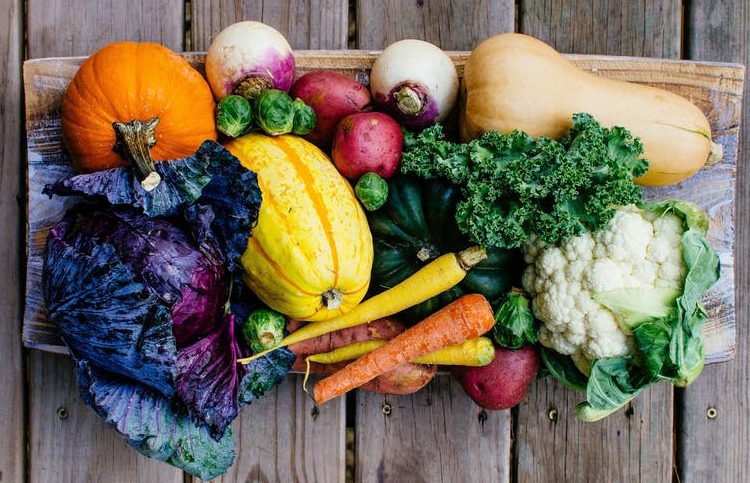
Many individuals face challenges when trying to increase their vegetable intake, often citing taste preferences, preparation time, and lack of variety as primary obstacles. Recognizing these barriers and implementing practical solutions can significantly improve one’s ability to incorporate more vegetables into daily meals. By addressing these common issues, it becomes easier to develop healthy eating habits that are sustainable and enjoyable.
Overcoming these obstacles involves understanding individual preferences, leveraging creative cooking techniques, and gradually integrating vegetables into familiar dishes. Engaging family members, especially children and picky eaters, requires patience, education, and an element of fun. Practical strategies can turn vegetables from a perceived challenge into an appealing and integral part of every meal.
Tackling Taste Preferences and Aversion
Many people dislike certain vegetables because of their natural flavors or textures, which can hinder regular consumption. To make vegetables more appealing, it is essential to enhance their flavor profiles and presentation. Seasoning, pairing with flavorful ingredients, and experimenting with different cooking methods can significantly improve taste and texture.
- Using herbs, spices, and healthy seasonings like garlic, lemon juice, or balsamic vinegar can elevate the flavor of vegetables.
- Roasting vegetables with a drizzle of olive oil and a sprinkle of seasoning often brings out their natural sweetness and improves their texture.
- Incorporating vegetables into familiar dishes such as casseroles, pasta, or smoothies can mask less desirable flavors while increasing intake.
- Presentation matters: arranging vegetables artfully or serving them in colorful bowls can make them more visually appealing, encouraging taste exploration.
Addressing Preparation Time and Convenience
Time constraints can discourage frequent vegetable consumption, especially when preparing elaborate dishes. Streamlining the cooking process and choosing quick, easy methods can make a significant difference.
- Opt for pre-washed, pre-cut vegetables available at grocery stores to save preparation time.
- Utilize appliances like slow cookers, pressure cookers, or microwaves to prepare vegetables swiftly.
- Incorporate vegetables into meals that already involve quick cooking, such as stir-fries, salads, or wraps.
- Batch prepare vegetables and store cooked portions for use throughout the week, reducing daily effort.
Involving Children and Picky Eaters in Vegetable Selection
Engaging children and selective eaters in choosing and preparing vegetables can foster a positive attitude towards healthy eating. Making them active participants helps build curiosity and acceptance while creating a sense of ownership over their diet.
- Allow children to select their favorite vegetables during grocery shopping, providing options and empowering their choices.
- Involve them in age-appropriate cooking tasks, such as washing, peeling, or arranging vegetables on a plate.
- Introduce vegetables through fun activities like garden planting or themed meals to stimulate interest.
- Use creative presentation techniques, such as cutting vegetables into shapes or creating colorful vegetable “buddies,” to make eating vegetables entertaining.
Consistency, patience, and positive reinforcement are key when encouraging children and picky eaters to embrace a variety of vegetables, transforming mealtime into an enjoyable and nourishing experience.
Incorporating Vegetables into Special Diets and Dietary Restrictions
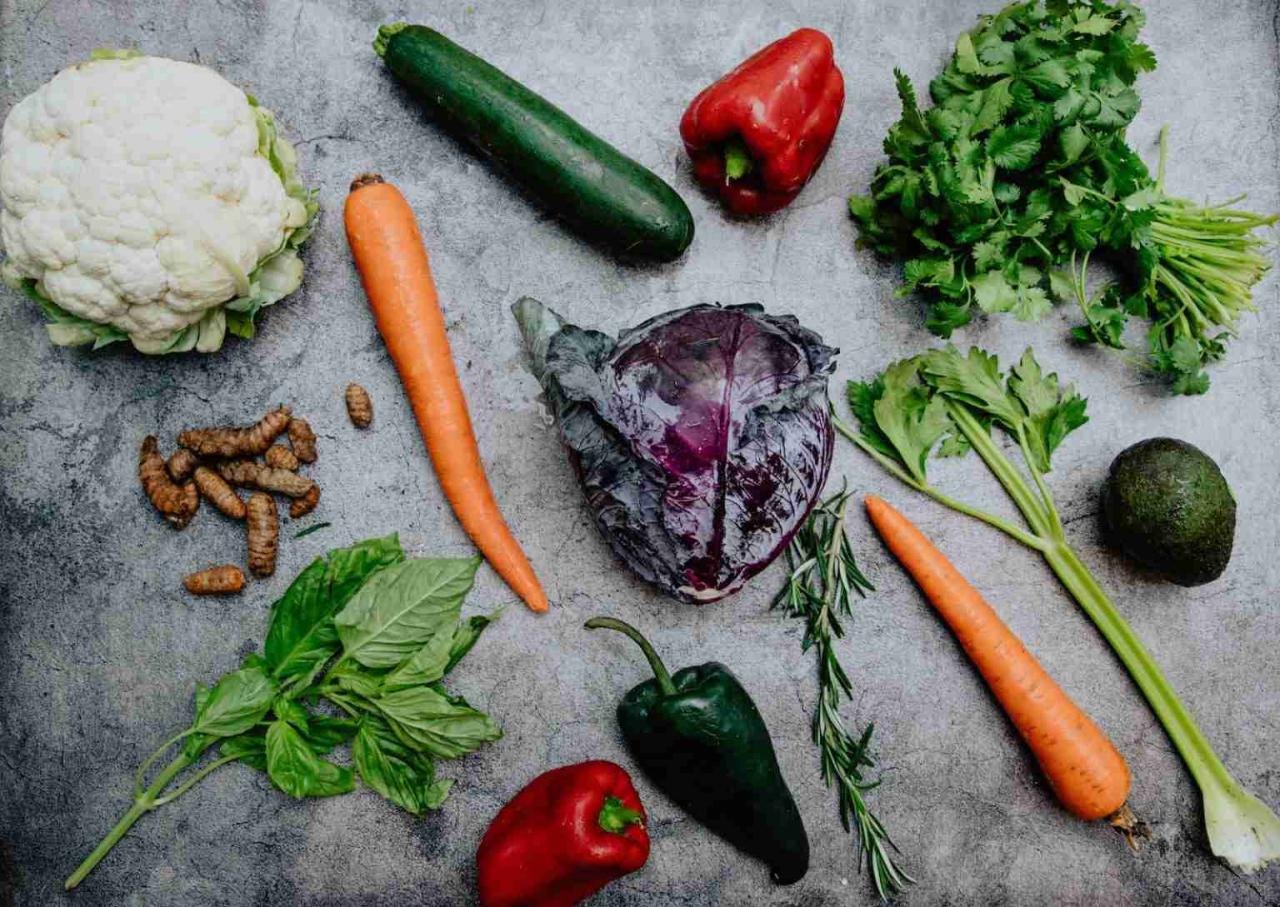
Maintaining a balanced intake of vegetables can be challenging for individuals following specific dietary patterns or restrictions. Adapting vegetable consumption to meet the nuances of vegetarian, vegan, gluten-free, or low-carb diets ensures nutritional adequacy while respecting individual choices and health needs. Thoughtful planning and knowledge of suitable ingredients allow for enjoyable and compliant meals that maximize the benefits of vegetables.When adhering to specialized diets, it is essential to understand which vegetables align with each dietary requirement and how to creatively incorporate them into everyday meals.
This approach not only supports nutritional goals but also enhances variety and culinary interest.
Adapting Vegetable Intake for Vegetarian, Vegan, Gluten-Free, and Low-Carb Diets
Vegetable choices and preparation methods can be tailored to fit diverse dietary restrictions, ensuring that nutritional needs are met without compromising taste or variety.Vegetarian and vegan diets exclude animal products, emphasizing plant-based sources of nutrients. These diets can benefit from a wide array of vegetables rich in vitamins, minerals, and fiber. Incorporating legumes, leafy greens, and colorful vegetables enhances nutrient density and culinary diversity.Gluten-free diets necessitate avoiding wheat, barley, rye, and processed foods containing gluten.
Fortunately, most vegetables are naturally gluten-free, but attention should be paid to potential cross-contamination and processed products. Utilizing fresh vegetables and naturally gluten-free prepared items ensures compliance and nutritional adequacy.Low-carb diets focus on reducing carbohydrate intake, often limiting starchy vegetables like potatoes, corn, and peas. Non-starchy vegetables such as leafy greens, cruciferous vegetables, zucchini, and peppers are excellent options, providing essential nutrients without excessive carbs.To optimize vegetable inclusion across these diets, it’s crucial to incorporate a variety of colorful vegetables, ensure proper cooking methods that preserve nutrients, and combine them with suitable protein or fat sources to enhance absorption and satiety.
Tips for Substituting Vegetables in Traditional Recipes
Substituting vegetables in familiar dishes makes adherence to dietary restrictions more enjoyable and sustainable.
- Replace high-carb vegetables like potatoes with cauliflower or turnips in mashed or roasted forms to reduce carbohydrate content while maintaining texture and flavor.
- Use spiralized zucchini or carrot noodles instead of pasta to create low-carb, gluten-free alternatives that are rich in nutrients.
- Incorporate leafy greens such as spinach or kale into casseroles, stews, or sauces to boost fiber and vitamin intake without significantly altering the dish’s flavor.
- Swap out starchy vegetables with non-starchy options in soups and stews—such as replacing sweet potatoes with celery or zucchini—to maintain variety and nutrient density.
- Experiment with vegetable-based sauces, purees, or dips, like roasted red pepper or beet hummus, to add flavor and nutrients to traditional snacks and meals.
Comprehensive List of Nutrient-Dense Vegetables for Various Dietary Needs
Choosing vegetables that offer the highest nutrient content supports overall health while aligning with specific dietary restrictions.
| Vegetable | Key Nutrients | Suitable for |
|---|---|---|
| Spinach | Iron, calcium, vitamins A, C, K, folate | Vegetarian, vegan, gluten-free, low-carb |
| Broccoli | Vitamin C, fiber, antioxidants, calcium | All diets, especially low-carb and gluten-free |
| Bell Peppers | Vitamins A, C, antioxidants | Vegan, vegetarian, gluten-free, low-carb |
| Zucchini | Vitamin C, manganese, fiber | Low-carb, gluten-free, vegan |
| Cauliflower | Vitamin C, fiber, antioxidants | Low-carb, vegan, gluten-free |
| Kale | Vitamin K, vitamin A, calcium, antioxidants | Vegan, vegetarian, gluten-free, low-carb |
| Carrots | Beta-carotene, vitamin A, fiber | Vegan, vegetarian, gluten-free |
| Eggplant | Fiber, vitamins B1, B6, potassium | Vegan, vegetarian, gluten-free, low-carb |
| Swiss chard | Vitamins A, C, magnesium, potassium | Vegan, vegetarian, gluten-free |
| Asparagus | Vitamins A, C, folate, antioxidants | Vegan, vegetarian, gluten-free, low-carb |
Effective incorporation of these vegetables depends on creative cooking methods, mindful substitution, and understanding dietary compatibilities. Properly selected vegetables can significantly enhance dietary satisfaction and nutritional balance within any dietary restriction or preference.
Ending Remarks
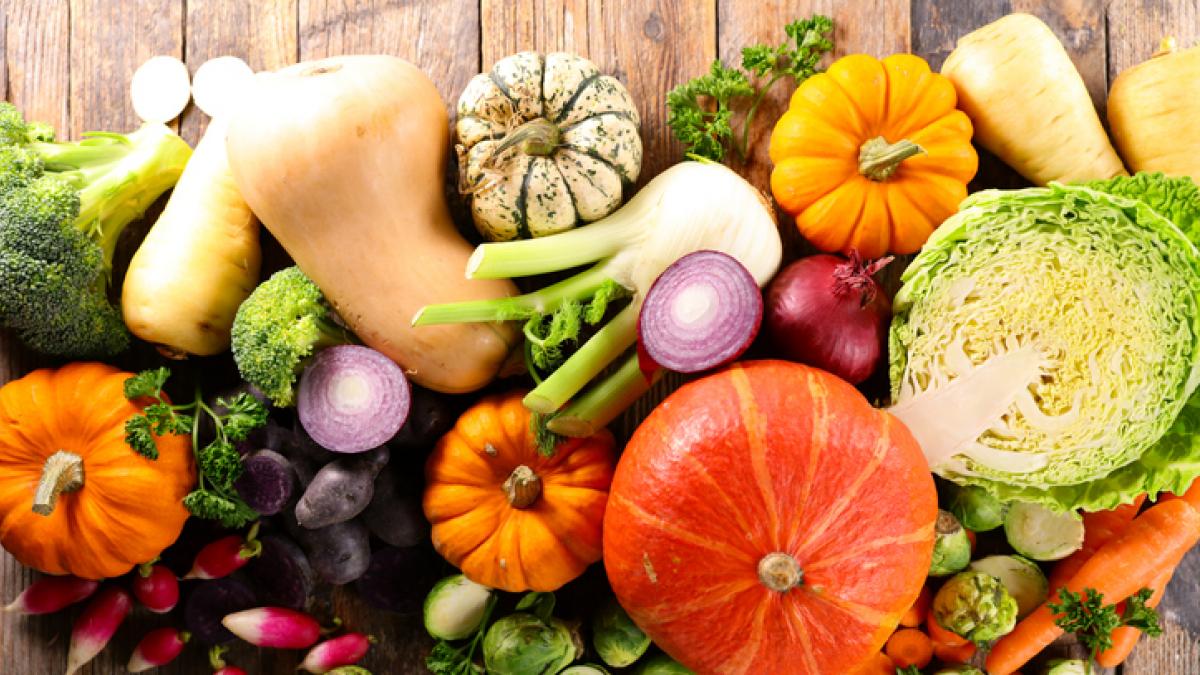
Embracing these strategies to eat more vegetables can lead to notable improvements in health, taste, and meal diversity. By making small, consistent changes, you can enjoy the numerous benefits of a vegetable-rich diet and foster a lasting habit of nutritious eating. Start today and transform your meals into nourishing and flavorful experiences.